The use of AI in the game field is rapidly progressing. Especially in the field of online games, where data is accumulated on a daily basis , companies are competing to see what kind of value can be created by utilizing the accumulated data .
How is AI being used in the ever-evolving game industry?
In this ” Game AI Special “, we will focus on the AI situation in the game industry together with Mr. Michiaki Ito of ChillStack Co., Ltd. , which provides security using AI and a service that analyzes online game data and detects unauthorized users. We will send out examples of the use of .
In the first installment, we interviewed Mr. Takada and Mr. Hamada of KLab Inc., a company that develops games globally, about machine learning efforts in KLab’s games and the skills required to enter the industry .
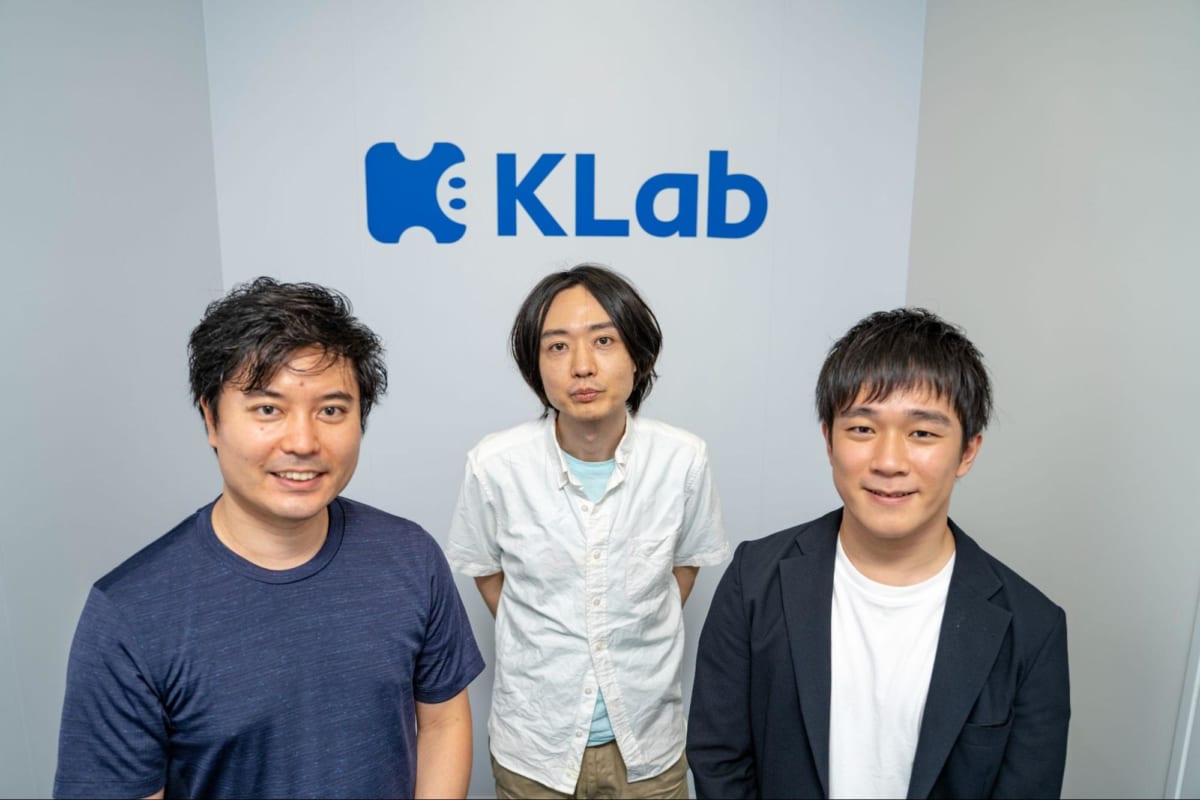
Table of Contents
- Speaker introduction
- Launched a machine learning group to utilize the accumulated data
- Utilization example at KLab, which develops games globally
- Score generation for music games and rhythm games
- Difficulty due to the requirement for real-time performance
- Uncommon QA (Quality Assurance) Tools
- Skills Required to Enter Game AI
- What are the two patterns of human resources that Mr. Takada considers?
- Draw a process to solve the problem
- In-game machine learning
- lastly
Speaker introduction
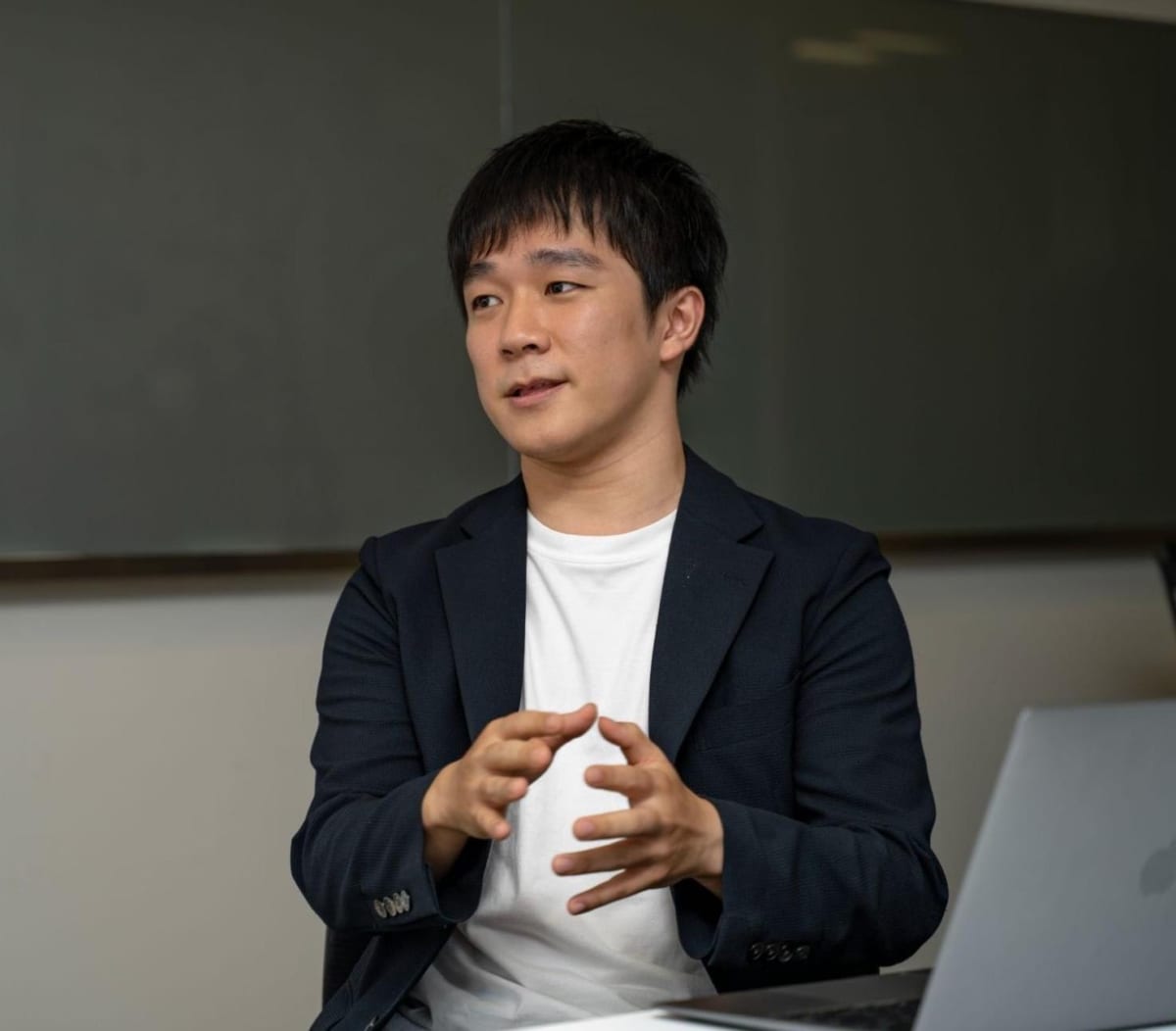
Ito
Today, I would like to ask Mr. Takada and Mr. Hamada from KLab about the field of “games x AI”.
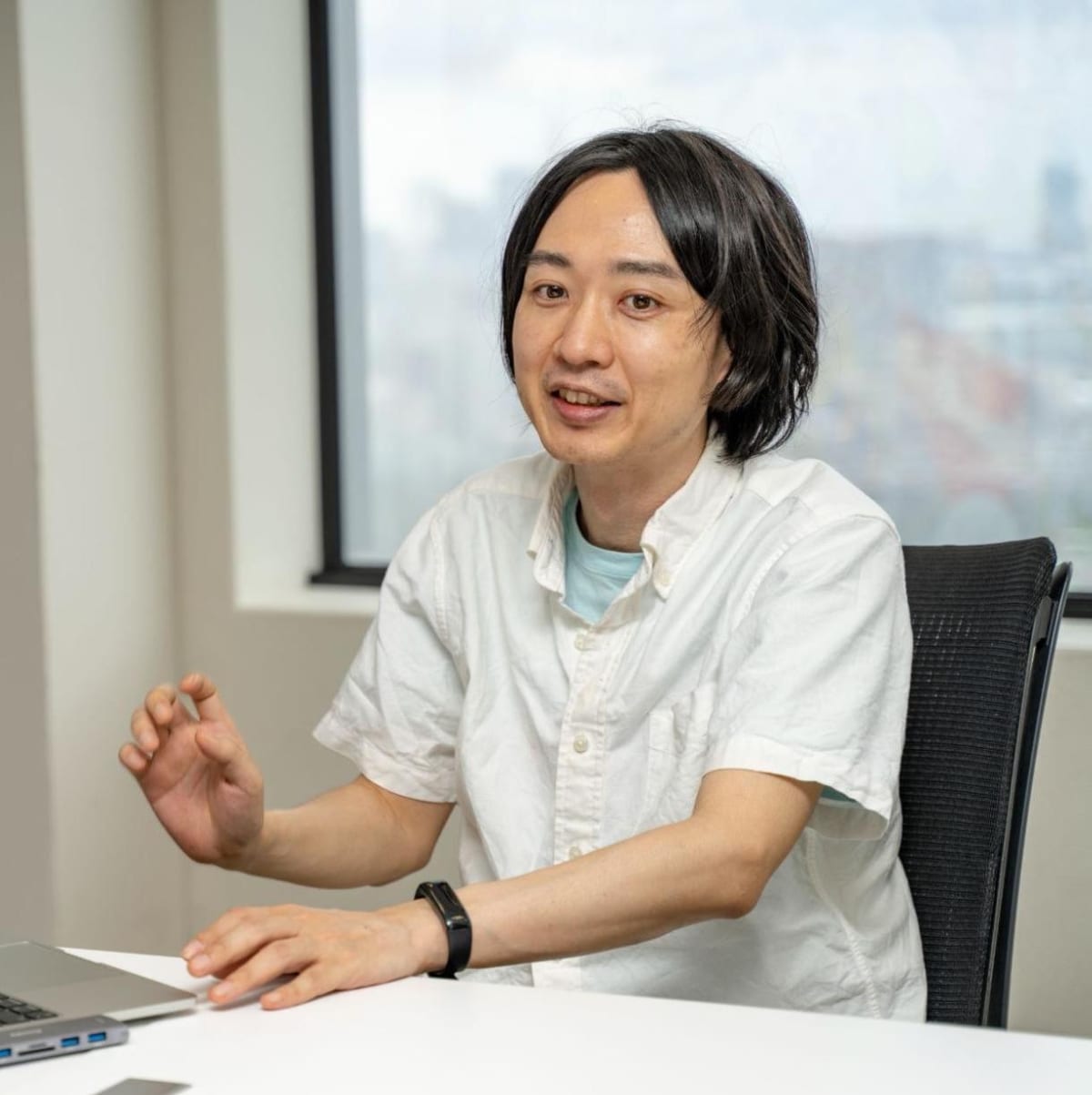
Takada
I started developing machine learning with the aim of utilizing accumulated data, and am currently working as a founding member of the machine learning group that was launched in 2021.
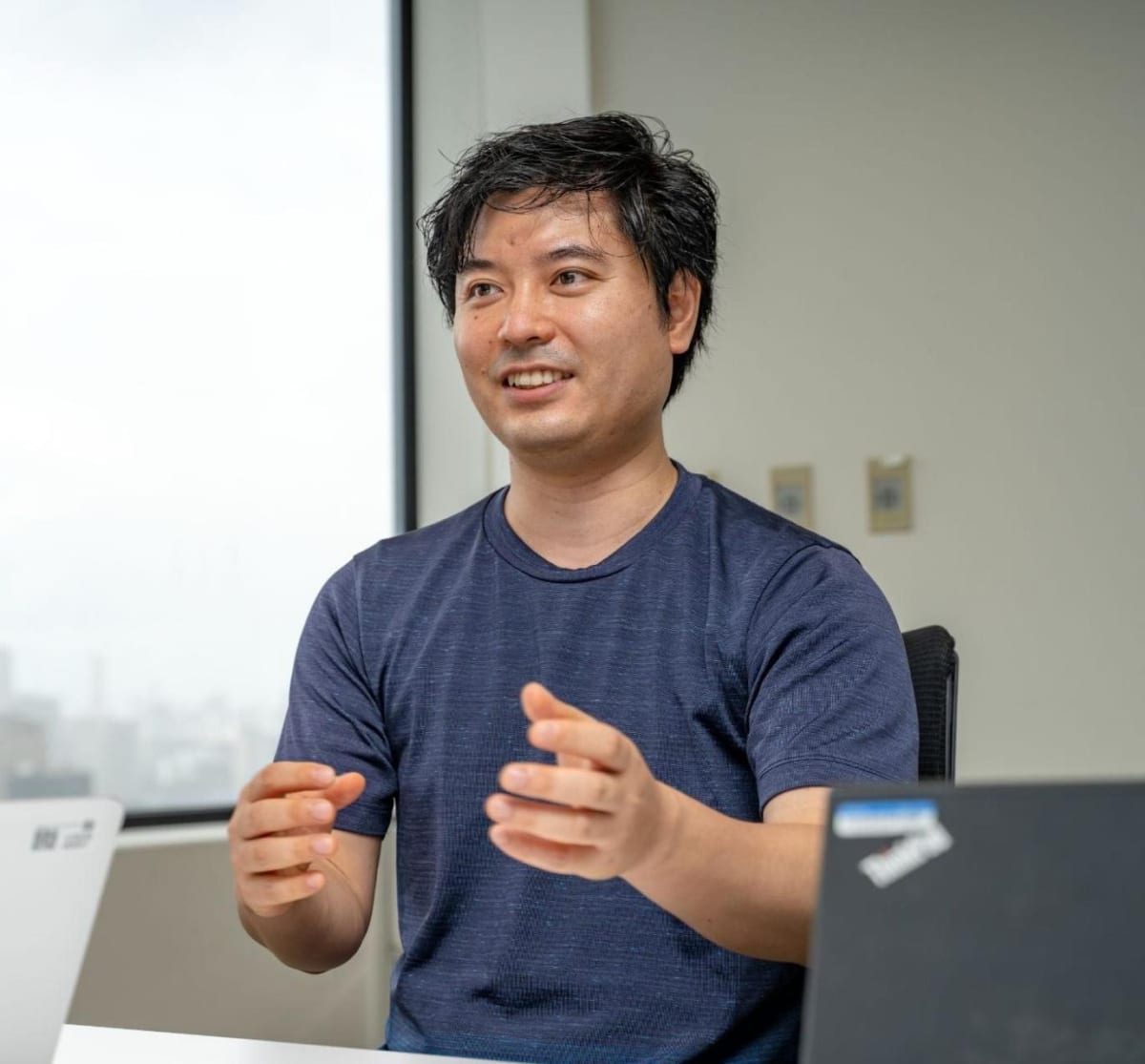
Hamada
I am also a visiting researcher at RIKEN AIP. I am developing basic algorithms for machine learning and am working as a researcher and a machine learning engineer.
Launched a machine learning group to utilize the accumulated data

Ito

Takada
In recent years, the mobile online game industry has become increasingly popular, making it difficult to develop new games . KLab’s policy is to operate one game for the long term, so it is necessary to analyze data and respond to user demand. Machine learning is a field that we are particularly focusing on because it is a technology that matches perfectly in terms of operational efficiency.
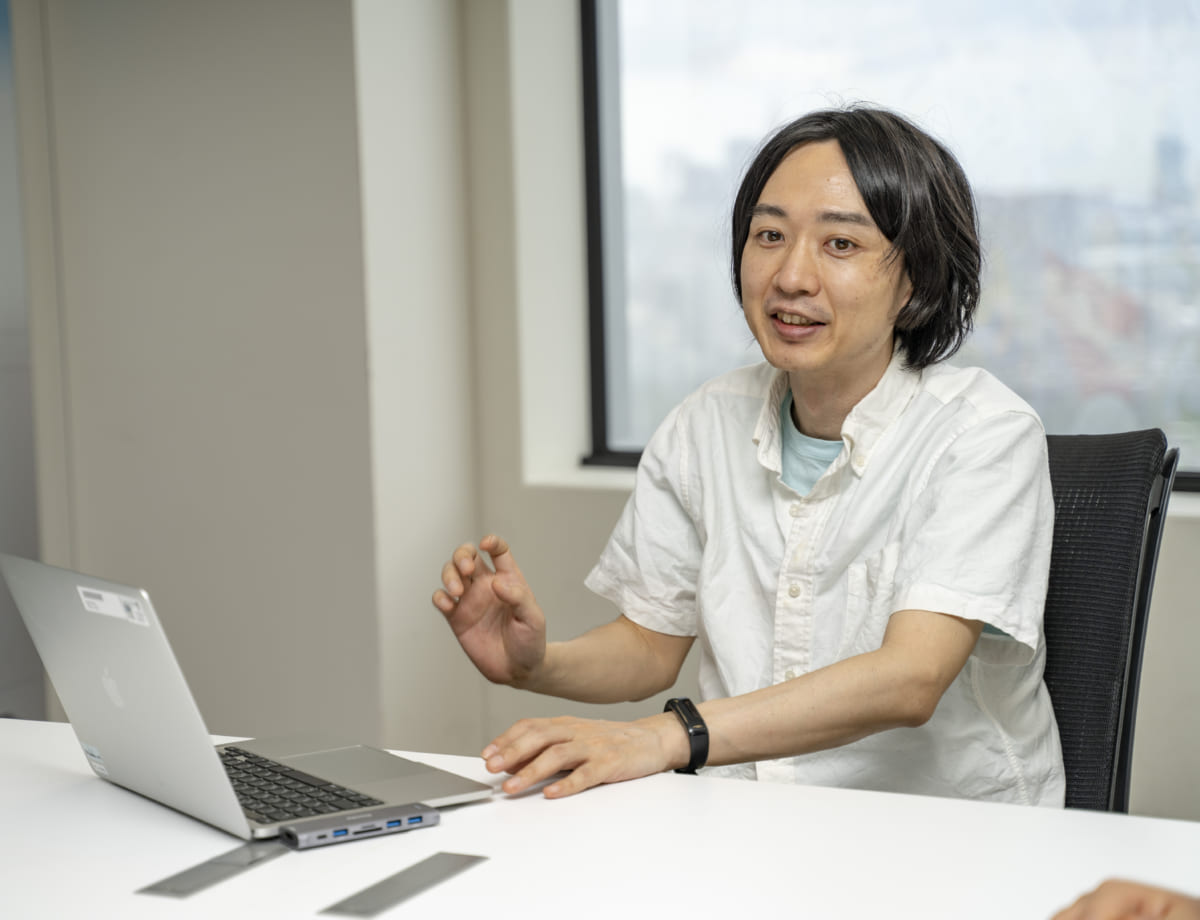

Ito

Hamada
Since that time, KLab has been focusing on systematizing and streamlining work under the goal of “hard work to make it easy” . The data of all game titles is stored in Google BigQuery in a uniform format, so if you want to do machine learning, you can see the data of various titles in the same way.
However, individual efforts alone will not scale, so we set up a dedicated team to make it even more effective company-wide so that we can work on it after taking a bird’s-eye view of the tasks in the company.

Ito
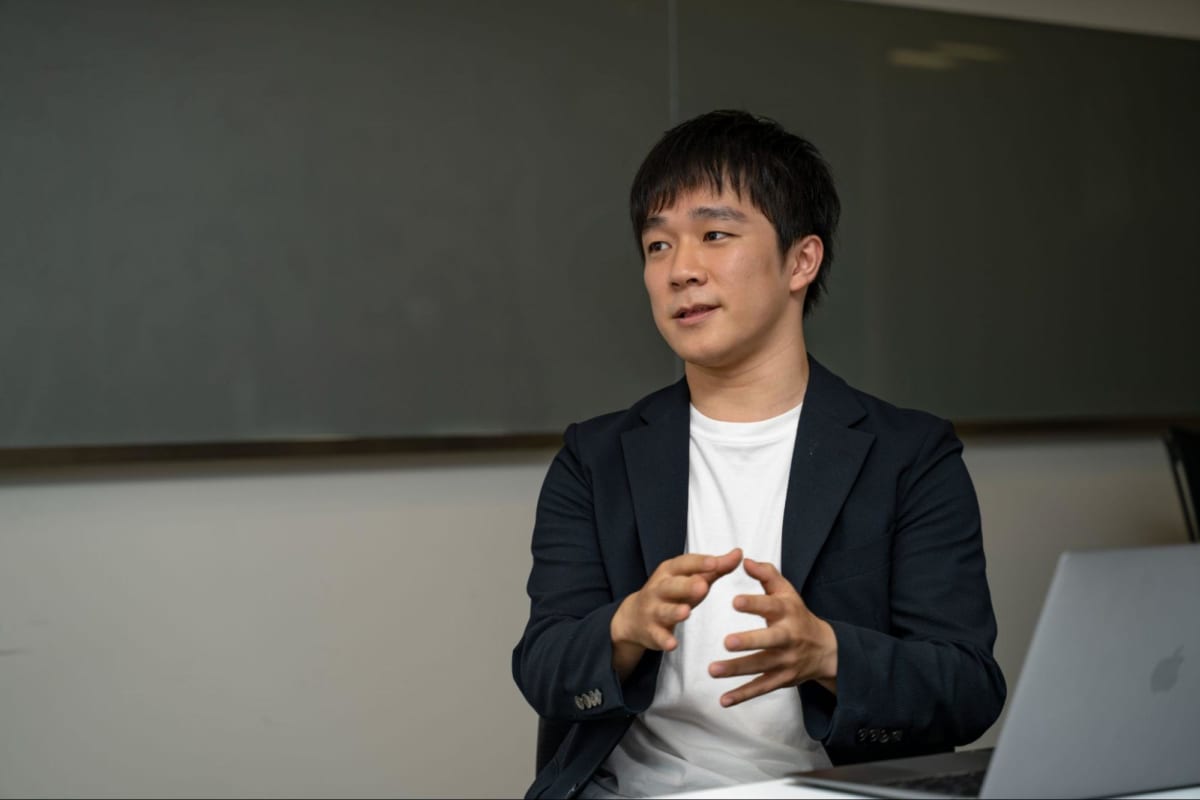

Takada
Before joining the machine learning group, I was responsible for building data pipelines. KLab has been accumulating data for many years, and it is stored in Google BigQuery. Most of the data you need can be viewed on Google BigQuery, so you can easily analyze it at any time.
Utilization example at KLab, which develops games globally
Score generation for music games and rhythm games

Ito

Takada
Machine learning is often used outside of games, such as production and management support. For example, we are using it in the development of rhythm games (so-called “music games”), and we have developed a model that automatically creates the data that will be the basis of the music score for the rhythm game from the sound source to some extent . In addition, we are working on learning the team composition of sports games from the player’s battle history and using it to adjust the game balance.
In addition, we are also focusing on tasks that increase the utility value of data, such as automatically classifying game reviews into positive and negative .

Ito

Hamada
It is generated by a deep learning model using PyTorch, and it learns the sound source of the song and the score made by humans, and generates the score for the new song only from the sound source .
However, we are not aiming for full automation. Games are very detailed, and it’s difficult to automate everything with current technology.
For example, there is a 3D dance in the game, but the score is influenced by factors other than the sound source, such as swiping up to match the hand-raising choreography, so AI cannot handle it. Therefore, the base is automated with machine learning, and the final adjustment is done by humans.

Difficulty due to the requirement for real-time performance

Ito

Hamada
Games need to be real-time and decisions need to be made at 60FPS. The computational load of machine learning is not light, so we must consider the distribution of computational resources with other processes. In addition, prediction errors are inevitable in machine learning, but if AI behaves strangely, it will be seen directly by the user. We also have to take countermeasures against reverse engineering.
As the specifications change frequently during game development, the data structures also keep changing. Therefore, if we want to incorporate machine learning before the game released, we need a development system that allows developers and machine learning engineers to work closely together.
In addition, I think the point is to identify the information necessary for learning and incorporate a mechanism to collect learning data in the game play cycle .
In this way, incorporating machine learning into the game requires preparation from the design and development stage of the new title, so at this time (August 2021) , machine learning cannot be installed into the game. However, we are researching how to use data from existing titles to let NPCs learn the timing of the user’s special move, and consider how to take logs suitable for machine learning.
Uncommon QA (Quality Assurance) Tools

Ito

Hamada
Since the mobile online game industry has developed using open source software since the dawn of time, I feel that it has a high affinity with the culture of developing general-purpose tools on a community basis and sharing them throughout the industry . For example, I think that making a game with Unity and automating the QA with Airtest is one of the standard tool selections.
On the other hand, I feel that the consumer game industry tends to prefer in-house development . Regarding game engines, the number of companies that have shifted from in-house products to general-purpose tools has increased in the last five years or so, but QA tools are still often developed for each company or game title.
Previously, KLab provided web services, and then entered the game industry with browser games and mobile online games. Nowadays, there are some people who came from consumer companies, but there are also many people from web companies, so I feel that there is relatively little resistance to general-purpose tools. Right now, we are working on standardizing QA tools company-wide.

Takada
The common part is really good, but even if you leave a log, it will be a completely different log, so I think it will be a little longer to realize it.

Skills Required to Enter Game AI
What are the two patterns of human resources that Mr. Takada considers?

Ito

Takada
Machine learning often requires domain knowledge, so being familiar with games is an advantage. Originally a machine learning researcher, Hamada is now on the machine learning team at KLab because of his personal love for games.

Hamada
It starts with determining where the development team is having trouble and where to use machine learning effectively after understanding the development process. In addition, it is important to think about how to solve the problems you discover by communicating with developers and using your own knowledge of games. Not only your ability but also your ability as a researcher is useful.
Draw a process to solve the problem

Ito


Hamada
The same was true for the generation of musical scores. Recently, the generative model GAN (Generative Adversarial Network) has been attracting attention, but most of the examples are images. Although it is possible to generate images of real feel that it is quite difficult to put it into practical use, even if existing GANs are used as they are to generate game character images.
For example, even if GAN generates a character with a quality of 95 points, it takes a lot of time to rewrite it to 100 points. Under such circumstances, I think that it was an accurate decision to focus on the “music” and use machine learning. If it’s a sheet music, people can correct it at a low cost.
In-game machine learning

Ito

Takada
As Hamada said earlier, content generation with machine learning is a hot area. Games consist of various types of content such as characters, music, and music. It’s difficult to create music or pictures from scratch, but I think that some types of content are easier to generate with machine learning .
For example, creating textures for a 3D model may be easier than drawing a picture from scratch. I think there are still more ways to use machine learning in games, so I would like to expand its application areas.

Hamada
Tasks that can be handled by conventional game AI were actions such as “moving to a destination” or “fighting an enemy” with a clear goal and a single optimal solution. I think AI like this has been successful in boosting the competitive side of games .
On the other hand, more and more Japanese games in recent years seem to focus on non-competitive aspects such as character communication and dance. It is difficult to quantify goals for such actions, and there is no single correct answer. That doesn’t mean you can do anything, only very limited options are acceptable in the vast amount of freedom.
Currently, these parts are produced by relying on the sensibility of the creator. I put a lot of effort into making it, but no matter how much passion I put into making it, the more I play it, the more I get used to it. I hope that we can develop an AI that allows the characters to voluntarily create new developments that they have never seen before.
At KLab, we are not only solving the game development issues in front of us, but we are also working on research to create new mathematical theories for modeling concepts that conventional AI could not handle. With the cooperation of mathematicians from various universities, I am also applying my previous research to create a basic theory for modeling decision-making based on diversity and creativity using machine learning.
Create new mathematical theories, create new machine learning, create new games, and deliver new user experiences. I would like to create a new era of AI by connecting everything from basic science to end users.

lastly
For the first feature on game AI, we interviewed Mr. Takada and Mr. Hamada of KLab, which operates a global game business, about the use of machine learning in games.
In the development of a “rhythm action game” using music, KLab uses machine learning to generate musical scores and creates content while adjusting them manually. In the future, we will take on the challenge of increasing the application fields of machine learning as real-time performance is required.
In the future, for those who aim for a career in the game AI field, in addition to experience as a machine learning engineer, it is important to have an interest in games and skills to describe the process of finding and solving problems . As the application areas of machine learning expand, the required requirements will also differ, so we will convey the opinions of the field to even more people through the special feature of AINOW. Stay tuned for the next game AI feature!

